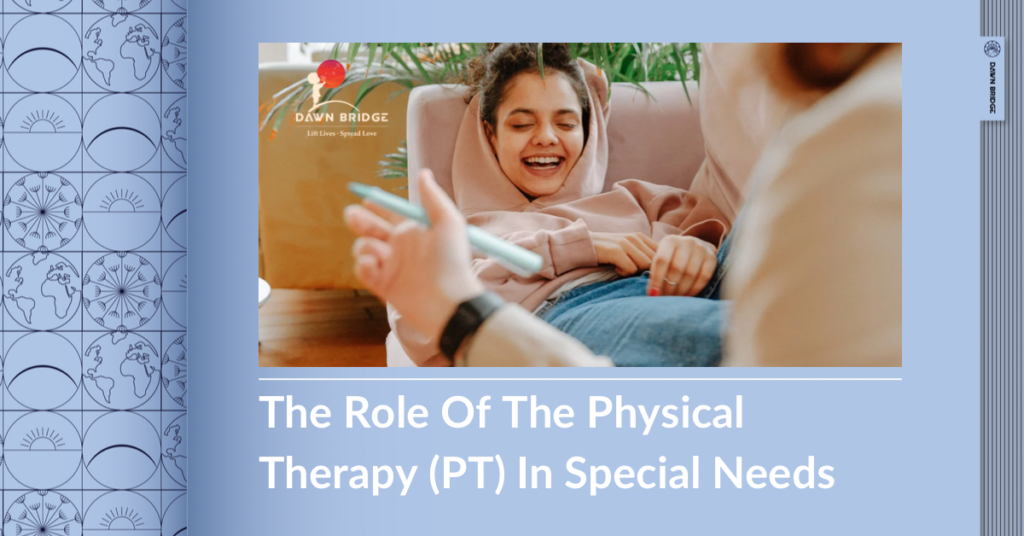What Is Physical Therapy?
Physical therapy, another name for physiotherapy, is a component of rehabilitation. This therapy involves exercising and manipulating the body, focusing on the back, upper arms, and legs. It aims to improve joint and muscle function, helping people better stand, balance, walk, and climb stairs. It can be provided as first line treatment or as an adjuvant with drugs or surgeries.
Other than that, physical therapists assess the following areas:
- Postural control
- Balance
- Muscle strength and tone
- Motor control and coordination
- Endurance
- Functional mobility and accessibility
- Gross motor skills
Before Starting Physical Therapy
Physical therapists will use an individual’s history, physical examination, lab results, and imaging studies to diagnose and create a management plan for the patient.
Typically, physical therapists cannot prescribe painkillers, except in the UK, where physical therapists are given prescribing rights when working with the written authority of a doctor.
What Typically Goes On During Therapy Sessions?
- Range-of-motion exercises
- Muscle-strengthening exercises
- Coordination and balance exercises
- Ambulation (walking) exercises
- General conditioning exercises
- Transfer training
- Use of a tilt table
How Does It Help Special Needs?
Autism Spectrum Disorder (ASD):
Some ASD children may have difficulty moving due to low muscle tone or developmental coordination problems. Hence, the intervention of physiotherapy can address their gross motor problems such as clumsy, uncoordinated gait or difficulty in playing sports.
Attention Deficit Hyperactivity Disorder (ADHD)
The goal of physiotherapy is to maximise their functional ability and develop their motor skills. Their cognitive and behavioral impairment can be helped by physical techniques, such as relaxation techniques, massage therapy, hydrotherapy, breathing exercises, and play therapy.
Cerebral Palsy (CP)
Physiotherapy aims to facilitate patients with CP to address overall physical impairment and then achieve physical independence and fitness levels, resulting in improving their life quality. Their training involves upper limb therapy, cardiorespiratory training programs, bodyweight-supported treadmill training and so on.
Down Syndrome
Its goal is to help the children develop basic motor skills, such as walking, balancing, and jumping in order to improve their cardiopulmonary capacity, muscle strength, and weight control. Therapy includes infant massage, aerobic training, full-body vibration, and so on.
The Next Step
Always make sure your child is following the rules their therapist gave them to make sure that they improve as quickly and safely as possible. Celebrate small goals and milestones and find peace knowing that there is no straight path to the finish line – there will be setbacks and accomplishments until you find a combination of therapies that works for your child, but you are not alone. The school, friends and family, and Dawn Bridge are here to help you.
References:
- https://bestpractice.bmj.com/topics/en-gb/379/treatment-algorithm
- https://profectum.org/motor-development-autism-affects-motor-skills/
- https://www.uptodate.com/contents/developmental-coordination-disorder-management-and-outcome?search=austism%20physiotherapy&source=search_result&selectedTitle=1~150&usage_type=default&display_rank=1#H1317223171
- Catalá-López F, Hutton B, Núñez-Beltrán A, Page MJ, Ridao M, Macías Saint-Gerons D, Catalá MA, Tabarés-Seisdedos R, Moher D. The pharmacological and non-pharmacological treatment of attention deficit hyperactivity disorder in children and adolescents: A systematic review with network meta-analyses of randomised trials. PLoS One. 2017 Jul 12;12(7):e0180355. doi: 10.1371/journal.pone.0180355. PMID: 28700715; PMCID: PMC5507500.
- Daltro, Manuela & Silva, Josefa & Dantas, Adriano & Marques, Ana & Nobre, Juliane & Neto, Célio & Garcia, Viviane & Costa, Mayara & Brito, Polianne & Belchior, Aucelia Cristina Soares & Oliveira, Rosângela & Assis, Samara & Medeiros, Lavoisier & Nunes, Elicarlos. (2016). Effectiveness Of Physiotherapy Techniques In Children With Attention Deficit Disorder / Hyperactivity. International Archives of Medicine. 10.3823/1978.
- Das SP, Ganesh GS. Evidence-based Approach to Physical Therapy in Cerebral Palsy. Indian J Orthop. 2019;53(1):20-34. doi:10.4103/ortho.IJOrtho_241_17
- Ruiz-González L, Lucena-Antón D, Salazar A, Martín-Valero R, Moral-Munoz JA. Physical therapy in Down syndrome: systematic review and meta-analysis. J Intellect Disabil Res. 2019 Aug;63(8):1041-1067. doi: 10.1111/jir.12606. Epub 2019 Feb 20. PMID: 30788876.
- Tomchek S, Koenig KP, Arbesman M, Lieberman D. Occupational Therapy Interventions for Adolescents With Autism Spectrum Disorder. Am J Occup Ther. 2017 Jan/Feb;71(1):7101395010p1-7101395010p3. doi: 10.5014/ajot.2017.711003. PMID: 28027049.
- Adamou M, Asherson P, Arif M, Buckenham L, Cubbin S, Dancza K, Gorman K, Gudjonsson G, Gutman S, Kustow J, Mabbott K, May-Benson T, Muller-Sedgwick U, Pell E, Pitts M, Rastrick S, Sedgwick J, Smith K, Taylor C, Thompson L, van Rensburg K, Young S. Recommendations for occupational therapy interventions for adults with ADHD: a consensus statement from the UK adult ADHD network. BMC Psychiatry. 2021 Feb 4;21(1):72. doi: 10.1186/s12888-021-03070-z. PMID: 33541313; PMCID: PMC7863422.
- Chikwanha TM, Chidhakwa S, Dangarembizi N. Occupational therapy needs of adolescents and young adults with cerebral palsy in Zimbabwe: caregivers’ perspectives. Cent Afr J Med. 2015 May-Aug;61(5-8):38-44. PMID: 29144079.
- Novak I, Cusick A, Lannin N. Occupational therapy home programs for cerebral palsy: double-blind, randomized, controlled trial. Pediatrics. 2009 Oct;124(4):e606-14. doi: 10.1542/peds.2009-0288. Epub 2009 Sep 21. PMID: 19770175.
- Imms C, Cowan R, Ertekin E, Klein GL, Galvin J. Eight weeks of occupational therapy home programme, compared to no programme, resulted in improved achievement of child and family-selected goals by children with cerebral palsy. Aust Occup Ther J. 2010 Dec;57(6):444-5. doi: 10.1111/j.1440-1630.2010.00907.x. PMID: 21091712.

